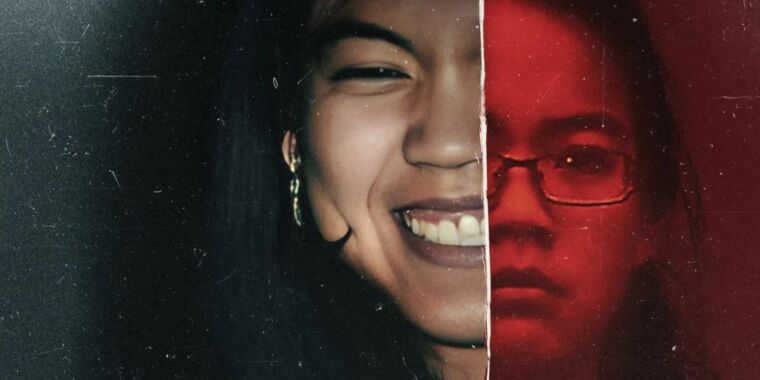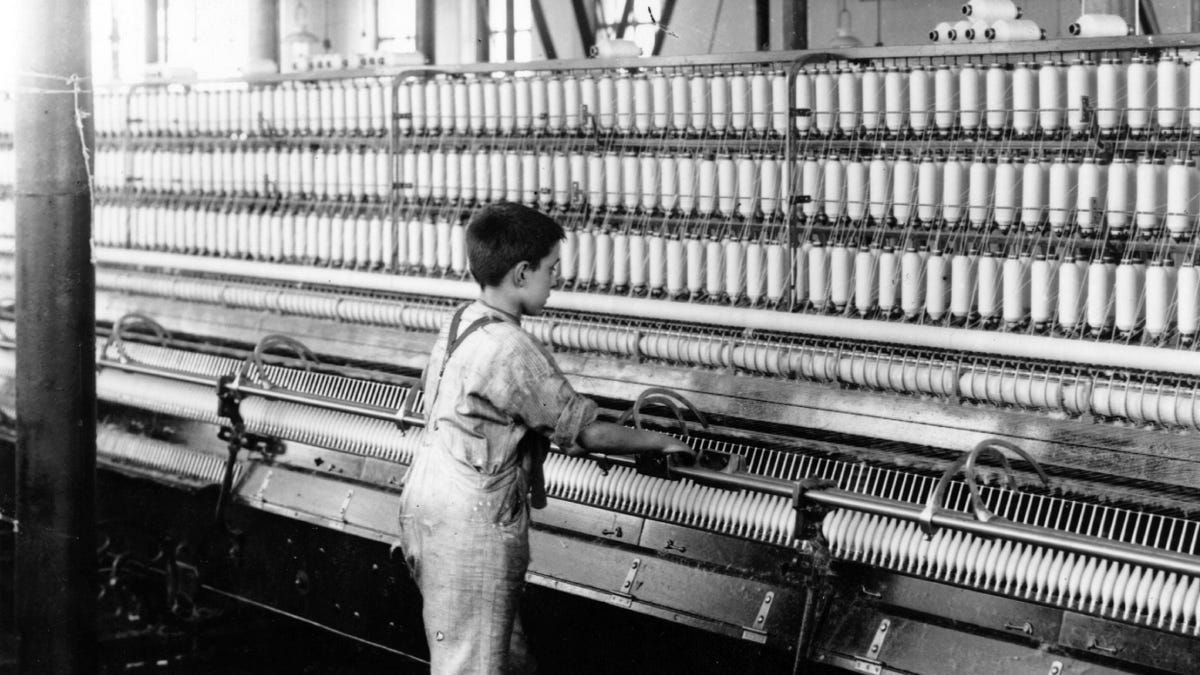Response to Accusations Regarding AI Images in Netflix’s What Jennifer Did Documentary
An individual involved in producing the popular Netflix documentary titled “What Jennifer Did” has addressed allegations suggesting that the documentary utilized AI-generated images to depict Jennifer Pan. Pan is currently serving a prison sentence in Canada for her involvement in a murder-for-hire plot that targeted her parents.
Documentary’s Rapid Rise and Subsequent Controversy
Upon its release in early April, “What Jennifer Did” quickly climbed to the top of Netflix’s global rankings, capturing the attention of true crime enthusiasts seeking to delve into the intricacies of why Pan resorted to hiring hitmen to carry out the heinous act against her parents. However, the documentary’s initial success was overshadowed by controversies that emerged as observant viewers began noticing significant discrepancies in the images presented in the film. Issues ranged from oddly unmatched earrings to an image where Pan’s nose notably lacked nostrils, as highlighted in a report by the Daily Mail.
Notably, Futurism was among the first sources to shed light on these flawed images, specifically pointing out telltale signs of AI generation in the visuals displayed around the 28-minute mark of the documentary. The images were noted to exhibit distinct AI characteristics such as distorted facial features, morphed background elements, and a notably elongated front tooth, with one such image even being featured in the movie’s promotional poster.
Clarity on the Utilization of AI
Despite mounting criticism and concerns surrounding the purported use of AI-generated images in the documentary, Jeremy Grimaldi, who served as both an executive producer and a crime reporter closely associated with the case, dismissed these claims during an interview with the Toronto Star. Grimaldi confirmed that all images of Pan used in the film were authentic photographs, with certain edits made to safeguard the anonymity of the image source, rather than to fabricate elements of the narrative.
Emphasizing the standard practice of utilizing editing tools like Photoshop in filmmaking, Grimaldi asserted that the foreground of the photographs featured Pan herself, while the background was modified to protect the identified source. While Grimaldi’s reassurances provide some clarity, questions linger regarding the specific tools employed in the editing process, particularly AI.
Debates Surrounding AI Technologies in Filmmaking
In light of the ongoing debate surrounding the use of AI in cinematic productions, concerns have been raised regarding the ethical implications of leveraging AI-powered technologies to enhance visual content. Joe Foley, a prominent photographer, highlighted the possibility that the documentary makers may have utilized AI-driven upscaling or photo restoration software to enhance low-resolution images, potentially leading to unintended artifacts and distortions in the final presentation.
“Any kind of manipulation of photos in a documentary is controversial because the whole point is to present things as they were.”
Foley’s observations underscore the critical importance of transparency in acknowledging alterations made to visual materials, especially within the context of documentary filmmaking where authenticity and accuracy play pivotal roles in storytelling. The growing reliance on AI tools in the entertainment industry has sparked wider discussions on the boundaries and implications of integrating synthetic intelligence into creative processes.
Implications and Industry Sentiments
The use of AI in filmmaking has elicited mixed reactions from industry stakeholders, with concerns over potential copyright infringements and the integrity of artistic expression in an increasingly digitized landscape. Various incidents of backlash stemming from the employment of AI-generated content, ranging from movie posters to entire visual sequences, highlight the need for clear guidelines and ethical standards within the sphere of media production.
Amidst these debates, the silence from Raw TV, the production company behind “What Jennifer Did,” and Netflix in response to queries regarding the documentary’s composition further underscores the prevailing uncertainties and complexities surrounding the incorporation of AI technologies in creative endeavors.
Image/Photo credit: source url





